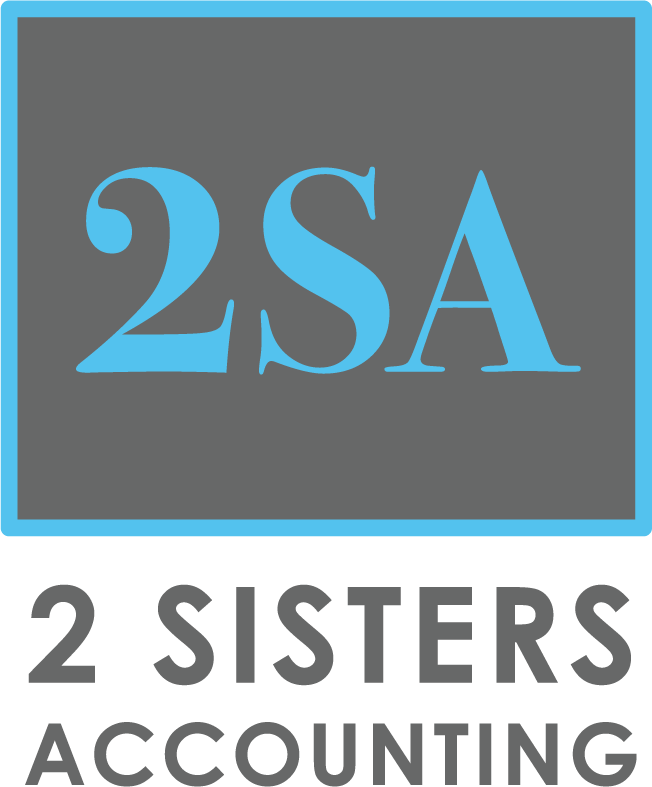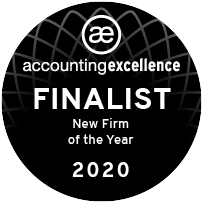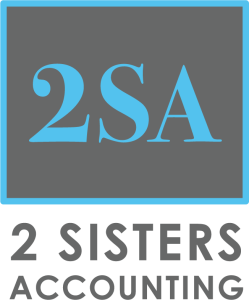The financial statements give a lot of key information about a business and can be used to make strategic decisions about the direction of the business. Knowing what the statements show you and how to interpret them can be very helpful in understanding the health of your business.
Balance Sheet
The Balance Sheet gives a snapshot of the financial position of a business at one point in time. It shows the net worth of a business and shows investors and shareholders what a business owns and what it owes.
Assets
This is all the things that the business owns and that will bring benefit to the business in the future. This includes things such as vehicles and equipment (fixed assets), cash, stock and debtors (money owed by customers).
Liabilities
Liabilities are things that the business owes, these are often used to buy the Assets of a business. These include bank loans, amounts owed to suppliers and any money paid in advance by customers. A businesses liabilities should be less than its assets.
Equity
Equity is what the business owes it owners. Equity is the balance when you take liabilities from the assets (Assets – Liabilities = Equity) and since the sum of these amounts balance this is why the statement is referred to as a balance sheet. It is made up of shares, other reserves and Retained Earnings.
Retained Earnings is the total of all the profits (or losses) made by the business since it started, less any dividends paid out to the owners of the business.
Using the balance sheet and the income statement a number of ratios can be calculated that will give you information about the health of your business. For example Debtor Days (debtors/revenue x 365) will tell you how long it is taking your customers to pay their invoices, or the quick ratio (cash + debtors/current liabilities) lets you know how well you can meet your short term payments. There is a wide range of measures you can look at depending on what is important to your business to help you develop a successful strategy.
Income Statement/Profit and Loss Statement
The Income Statement shows the performance of a business over a financial period. This statement quantifies and presents all income generated and expenses incurred resulting in the profit of the business. It can be broken down in to the following headings:
Revenue
Revenue is all the income that a business has coming in from Sales and Invoicing. Anything that a customer pays for is counted as Revenue. Businesses often use Revenue growth as a performance indicator and set goals based on what they would like their Revenue growth to be in a period.
Cost of Sales
These are the costs that vary with your level of output and may include materials, commissions for sales staff, shipping, hourly labour and travel costs to jobs among other things.
Gross Profit
When you take Cost of Sales away from Revenue you are left with your Gross Profit. This is what you have made after deducting the costs directly associated with providing your goods or services. For example if a business has revenue of £100,000 and Cost of Sales of £75,000, the Gross Profit is £25,000.
When you know your Gross Profit you can calculate the Gross Profit Margin. This is Gross Profit divided by Revenue, this is a percentage value. From the above example the Gross Profit Margin is 25%, calculated as £25,000/£100,000. The Gross Profit Margin is useful to compare your businesses efficiency over time, a higher % shows that the business is making higher revenue from the costs.
It is helpful to look at both Gross Profit and Gross Profit Margin together. An increasing Gross Profit but a falling Gross Profit Margin means a business is making less of a return for the work it is doing, this may be acceptable if a business is growing but it may be storing problems for later.
Different industries have different expected Gross Profit Margins, I can be helpful to benchmark your business against the competition to see how you are performing. For example a restaurant should achieve a certain level of profit on drinks and a different gross profit on food. If you would like help with benchmarking against your industry please get in touch with 2 Sisters Accounting.
Operating Costs
These are costs that you have to pay regardless of your level of activity, these are often referred to as Overheads. This may be things like rent, advertising, insurance and phone costs.
Operating profit
Operating Profit is the Gross Profit less all Operating Costs. Similar to Gross Profit Margin it is useful to track your Operating Profit Margin (Operating Profit/Revenue), this can again tell you more about how much of a return the business is making on the costs invested, ideally this will increase over time.
Different industries have different expected profit margins, comparing yourself to the industry is a helpful way to benchmark and see how your business compares to your competitors. If you would like help with Benchmarking get in touch with us at 2 Sisters Accounting.
Tax
Tax is the money the business owes to HMRC for the annual tax bill.
On a very simple level business tax will be 19% of the Operating Profit, however due to non-deductible expenses and other allowances this is rarely the case in reality. To ensure you get your tax calculation right it can be a good idea to use a professional to complete your tax return.
Profit after tax
Profit after tax is the money that is left in the business after all expenses, hopefully this will be a positive result. This figure is transferred to Retained Earnings on the Balance Sheet and can be used to pay out Dividends to the owner of the business, assuming there is cash available to make this payment.
Management Accounts
Management accounts are used internally and are usually produced on a monthly basis. Often these will just be an income statement, but depending on the business may also include a cash flow and a balance sheet.
Including details of the cash coming in and going out means the business can see if they will have enough cash to pay staff and suppliers, or if they will have cash available to make a necessary investment.
Management accounts will often compare the actual results to the budget and possibly the prior year results. This allows managers to make informed decisions about the business. If you would like help to design and produce management accounts for your business get in touch with 2 Sisters Accounting and we will be able to help.







